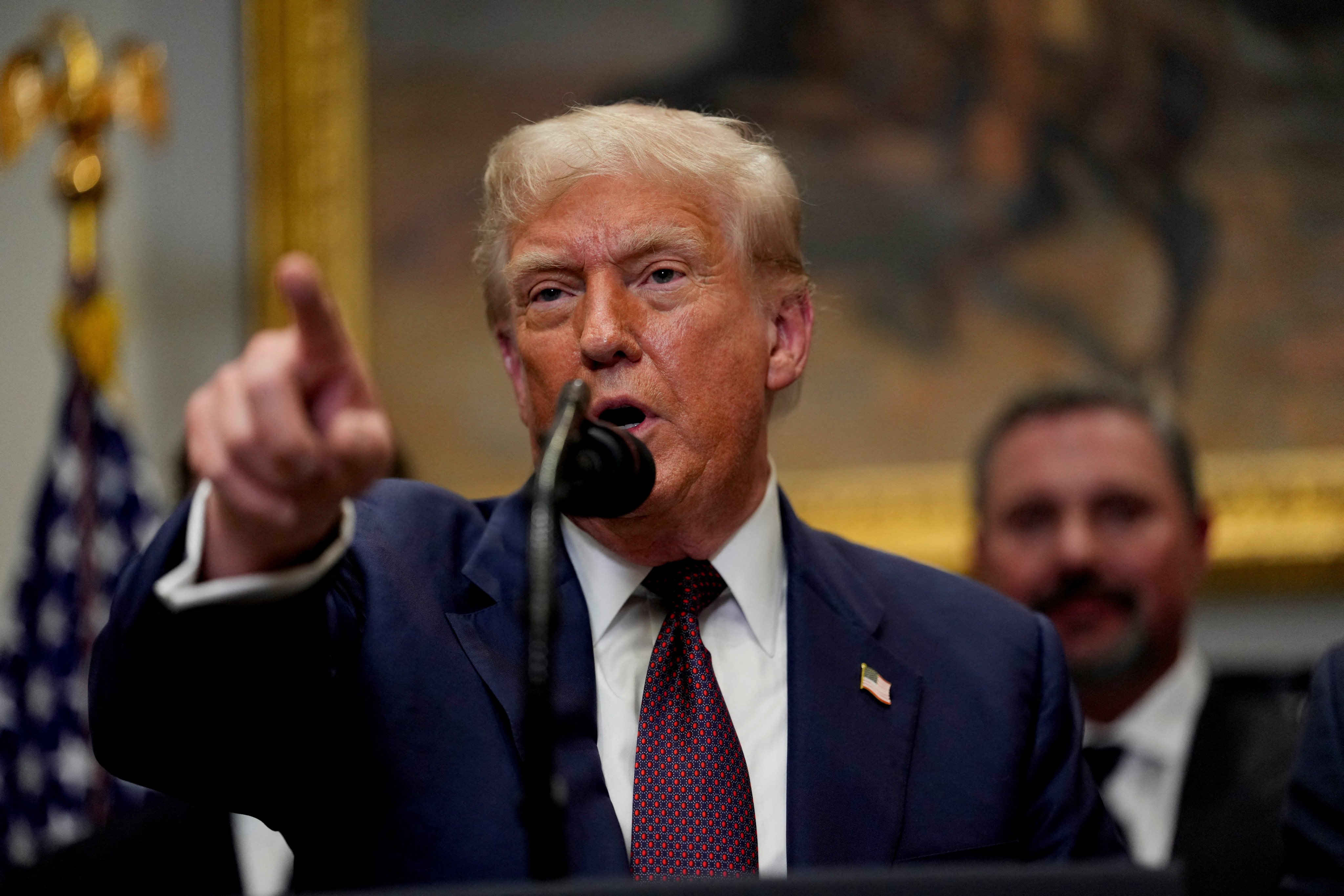A win for ‘sovereign rights’? Malaysia agrees 19% tariff deal with Trump
Malaysia’s trade ministry said the tariff rate was a ‘positive outcome,’ achieved without compromising on the nation’s key policies

US President Donald Trump’s decision to impose a reduced tariff of 19 per cent on Southeast Asia’s largest economies was a “positive outcome”, Malaysia said on Friday, even as the region’s exporters prepare for the possibility that US consumers may struggle to afford the increased prices on imported goods.
After months of intense negotiations that panicked the region’s export-reliant economies, Trump announced the revised rate in an executive order published late on Thursday.
Initially, leaders of the Association of Southeast Asian Nations (Asean) were told they would be hit with levies of between 25 and 40 per cent effective August 1.
Besides Malaysia, the revised rate of 19 per cent will apply to Cambodia and Thailand – which agreed to a ceasefire after five days of deadly border skirmishes following pressure from Trump – as well as Indonesia and the Philippines.
Vietnam had earlier secured a 20 per cent rate.
The adjusted rate means the competitive difference among the bloc’s largest economies is not as wide as feared.
Oil-rich Brunei, meanwhile, was hit with a 25 per cent tariff while Myanmar and Laos – two of the region’s poorest nations – were dealt the highest levy among Asean members at 40 per cent.
While Trump did not specify the reasons for the varying tariff levels, he noted that his administration aims to crack down on transshipments of goods by third countries trying to evade US duties.
Although no specific countries were named in the executive order, trade officials have often blamed China for flooding the US market with inexpensive goods.
Malaysia’s Ministry of Investment, Trade and Industry (Miti) said the tariff reduction was a result of sustained engagements between both governments that concluded on Thursday, just a day before the levy was set to take effect.
“Most importantly, Malaysia has stood firm on various ‘red line’ items, and the 19 per cent tariff rate was achieved without compromising on the nation’s sovereign right to implement key policies to support the nation’s socio-economic stability and growth,” the ministry said in a statement on Friday.
Neither Trump nor Miti revealed many details about the agreement or what those red lines were.
Unhandled type: inline-plus-widget {“type”:”inline-plus-widget”}
Trade Minister Tengku Zafrul Aziz had said on July 9 that the US had demanded Malaysia ease domestic policies and laws in areas that included digital taxes, e-commerce, medical standards, halal certification and government procurement.

While the new tariff rate was “not ideal”, it at least put Malaysia on a fair and competitive footing compared with its regional peers, economist Muhammad Saifuddin Sapuan said.
“This should ease immediate pressure on Malaysia, though the full economic impact is still unclear given the complexity of global supply chains and potential trade tensions between large economies,” said Muhammad Saifuddin, who works with Malaysia-based Kenanga Investment Bank.
Trump’s “Liberation Day” tariff announcement on April 2 sent Southeast Asian governments and businesses scrambling for clarity on who would be affected by levies that threatened their vital exports and upend long-established supply chains.
Total exports from Asean to the US were valued at US$352.3 billion in 2024, according to data from the US Trade Representative’s office, leading to a US trade deficit of US$227.7 billion.
Growth has sagged across Southeast Asia since Trump’s April announcement, as demand from US clients fluctuated along with sudden shifts to the tariff policy being pushed by their unpredictable president.
Vietnam was the first to strike a deal, securing a 20 per cent rate on July 2 in exchange for tariff-free access for US exports and a 40 per cent levy on goods transshipped from third countries.
Exports from Singapore, which did not seek trade talks with Washington, will be tagged with Trump’s baseline tariff of 10 per cent.
The 19 per cent import tariff is expected to impact American consumers’ purchasing powerMohd Afzanizam Abdul Rashid, economist
Trump’s latest announcement indicated that his administration remained open to negotiations, but also emphasised the need for smaller economies, like Malaysia, to enhance trade ties with other partners such as Europe, the Brics bloc and among Asean members, said Mohd Afzanizam Abdul Rashid, chief economist at Bank Muamalat.
“The 19 per cent import tariff is expected to impact American consumers’ purchasing power,” Mohd Afzanizam said.
“This may, in turn, dampen economic momentum in the United States – the world’s largest economy – which poses a potential risk to global economic growth in the coming years.”